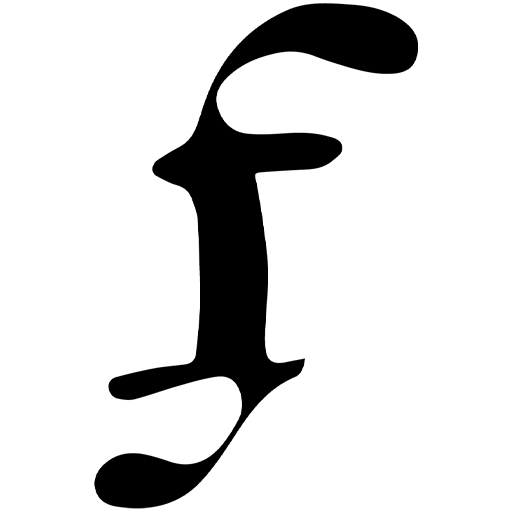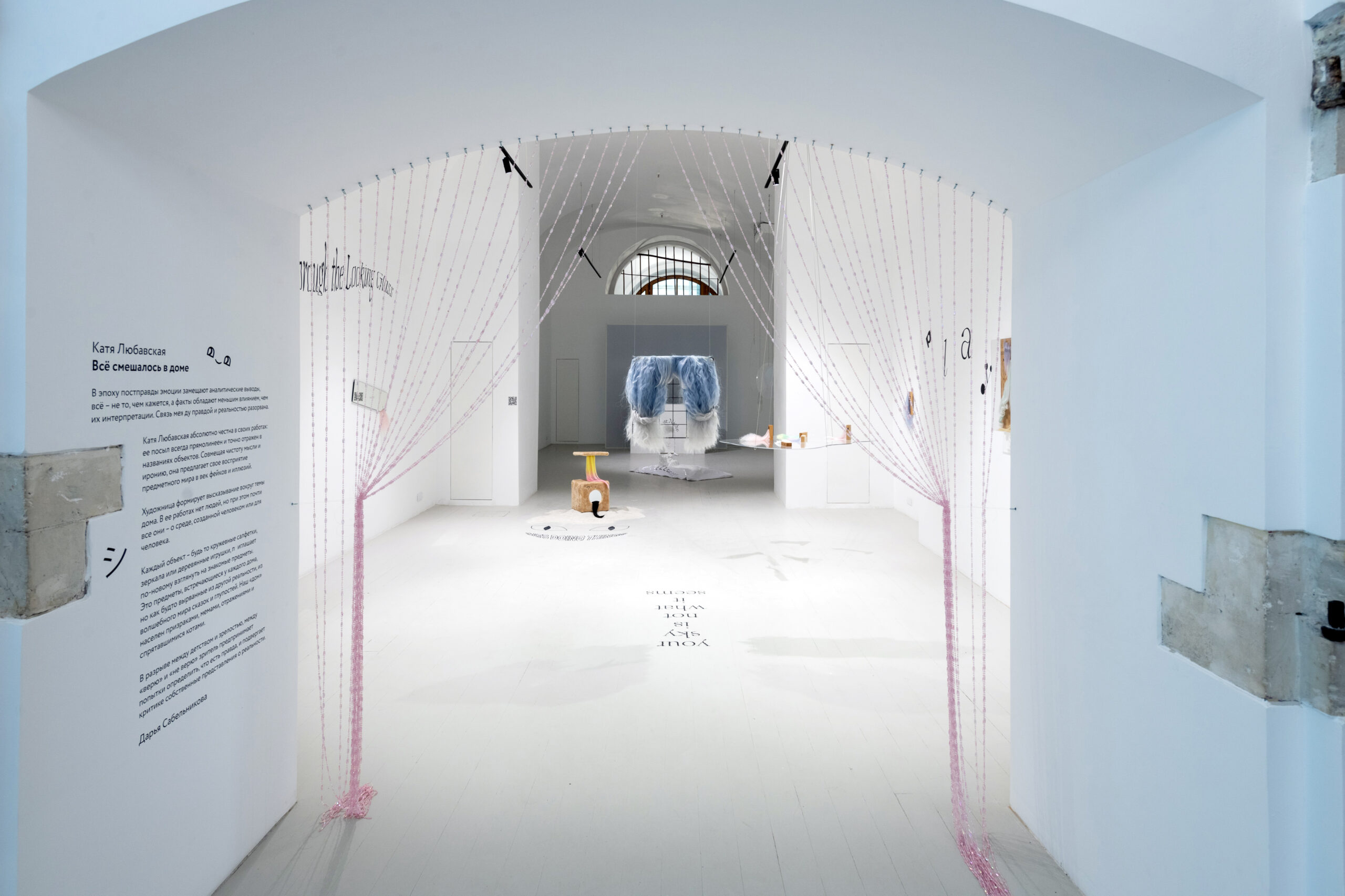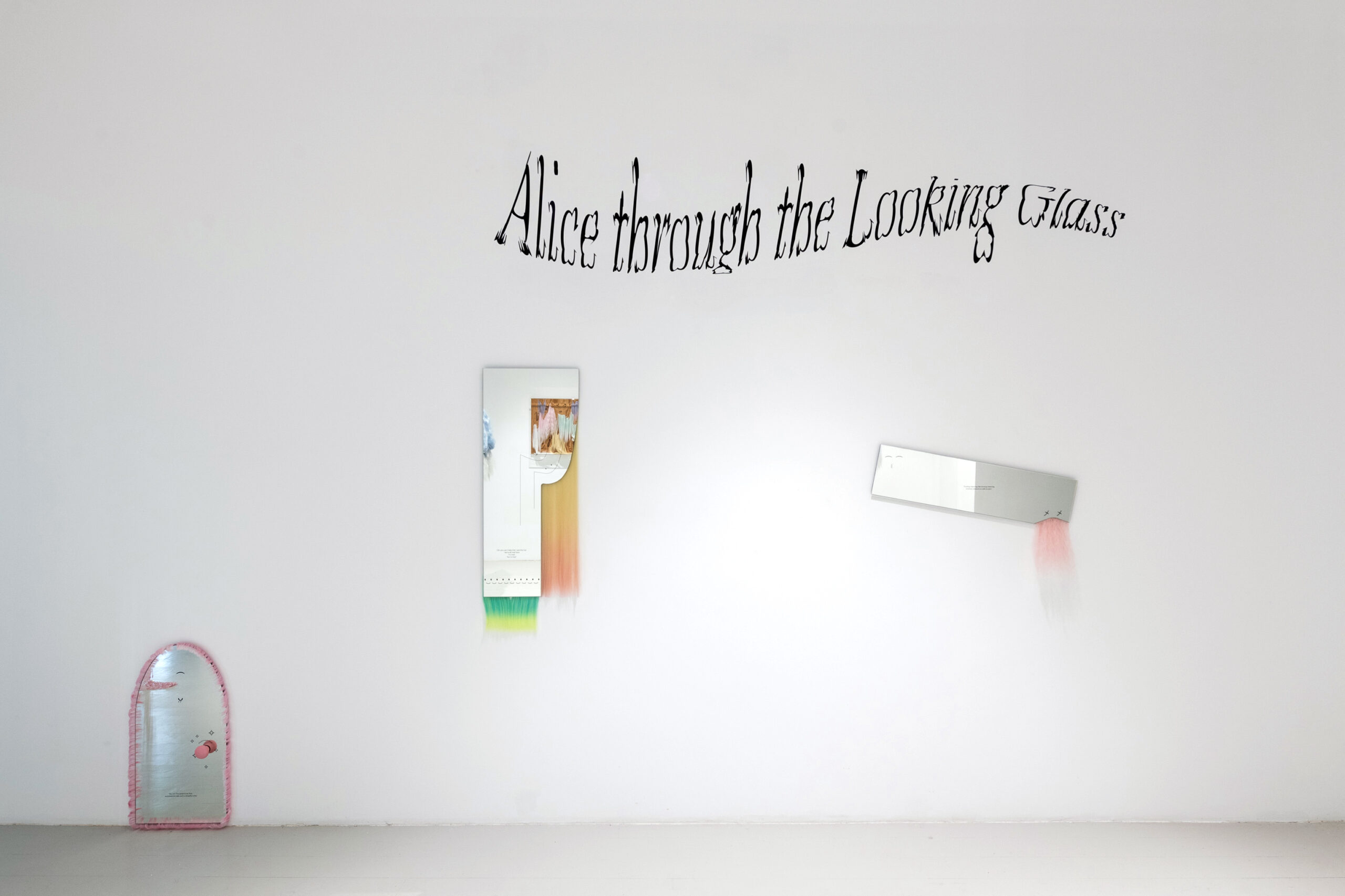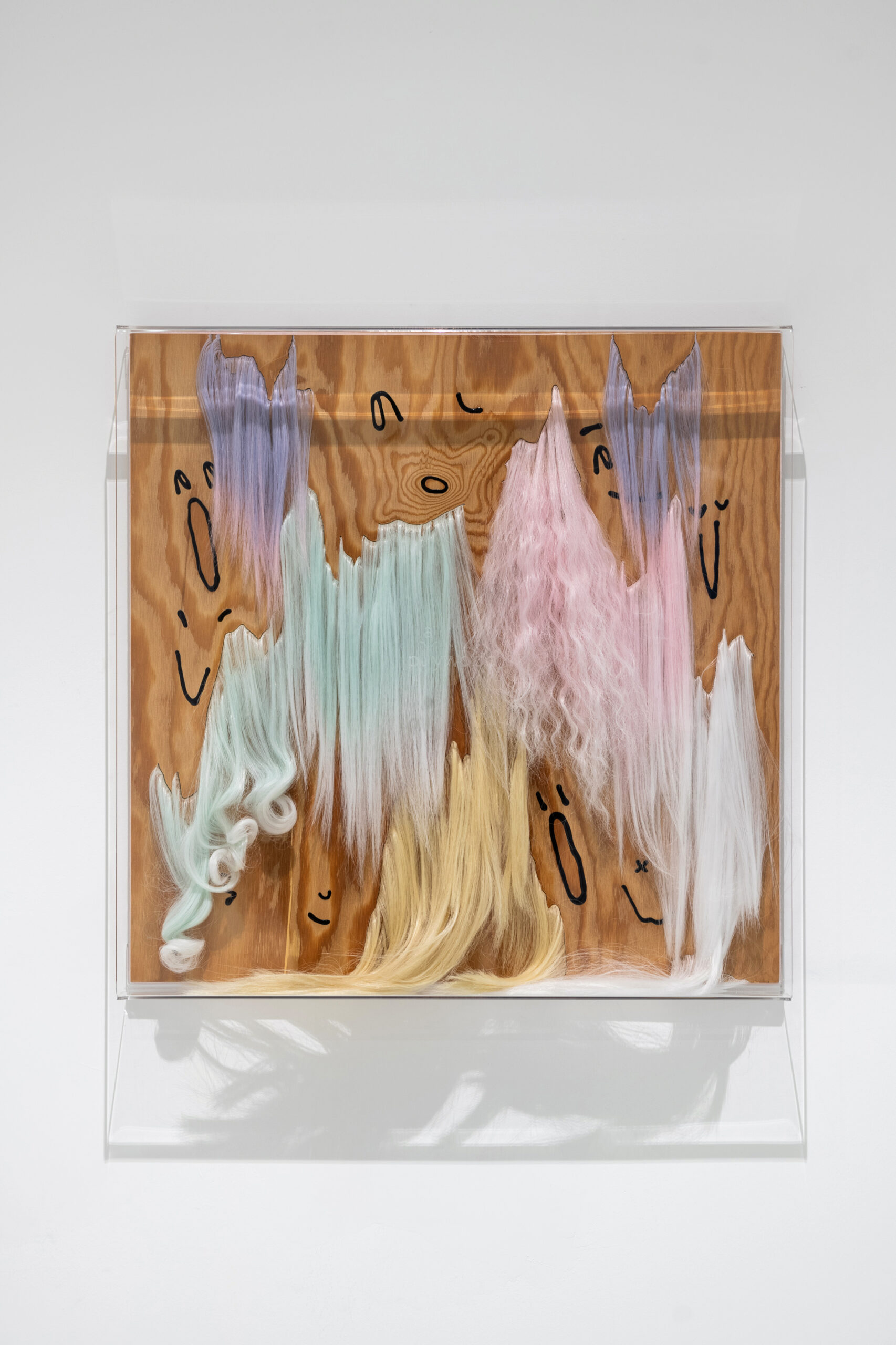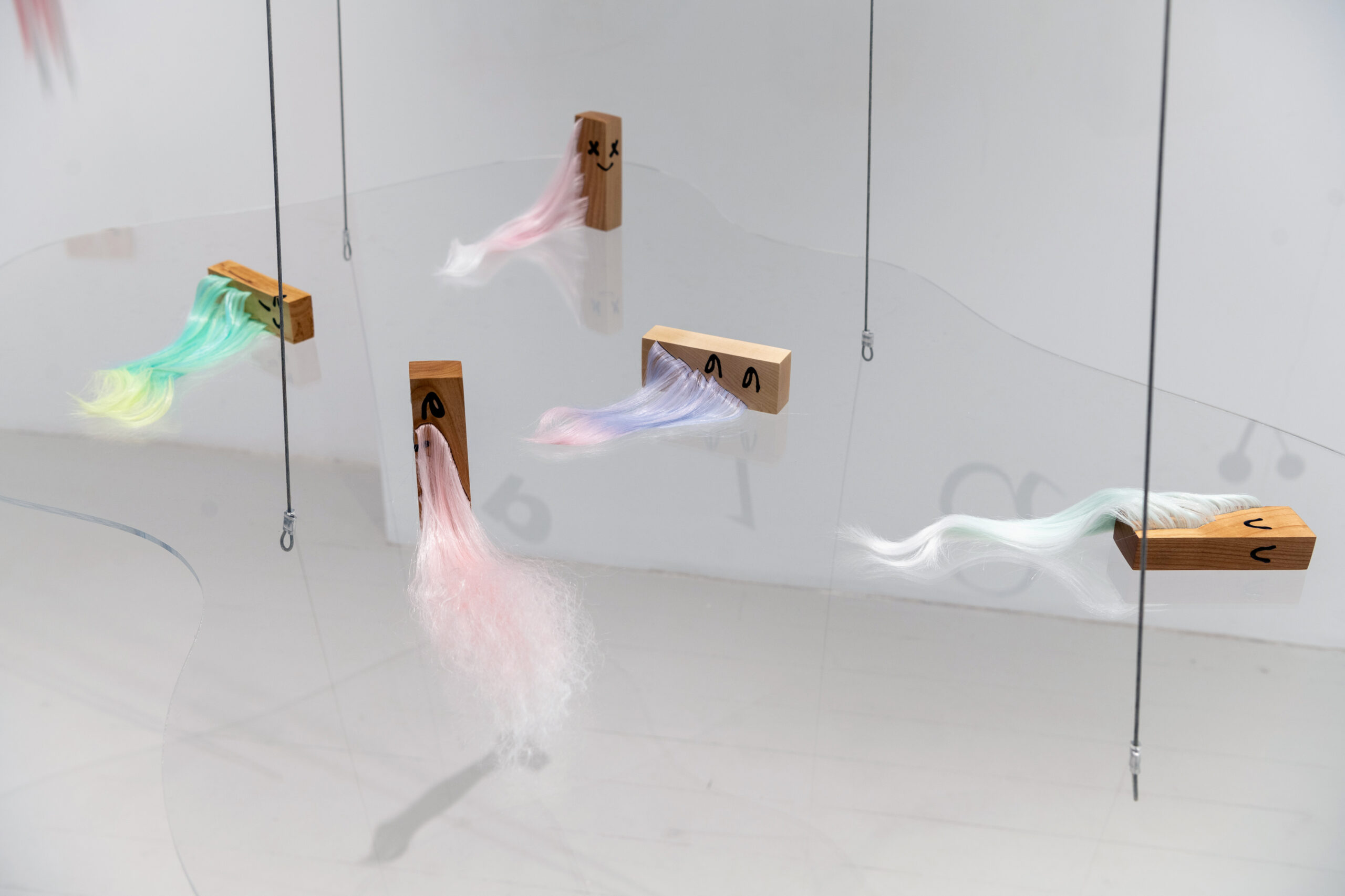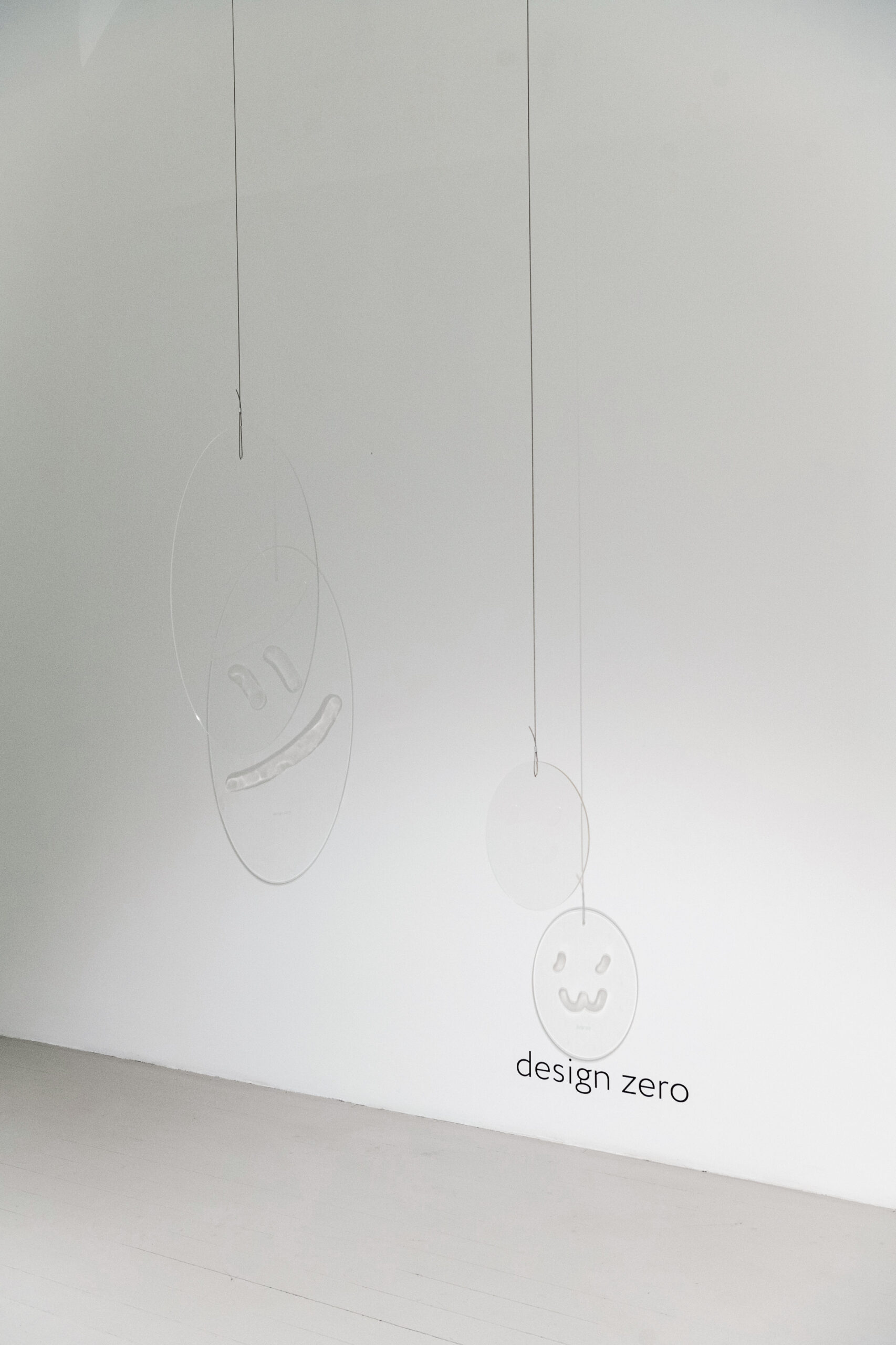Katia Lyubavskaya | House In Chaos
09 Oct – 14 Nov 2021
Curators:
Daria Sabelnikova
Dates:
09 Oct - 14 Nov 2021
Artists:
Katia Lyubavskaya
Date:
November 12, 2021
Category:
